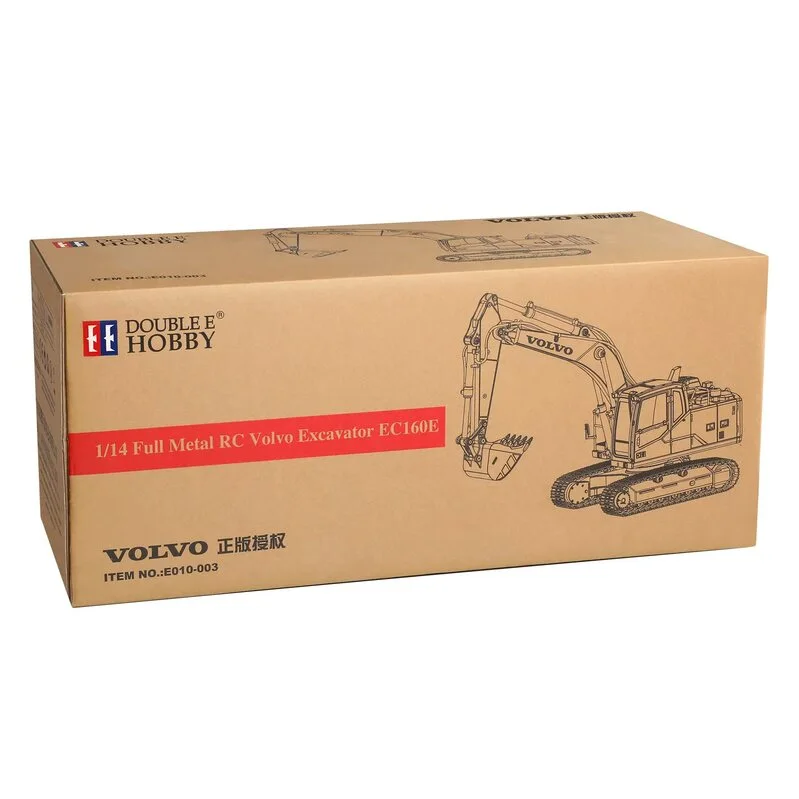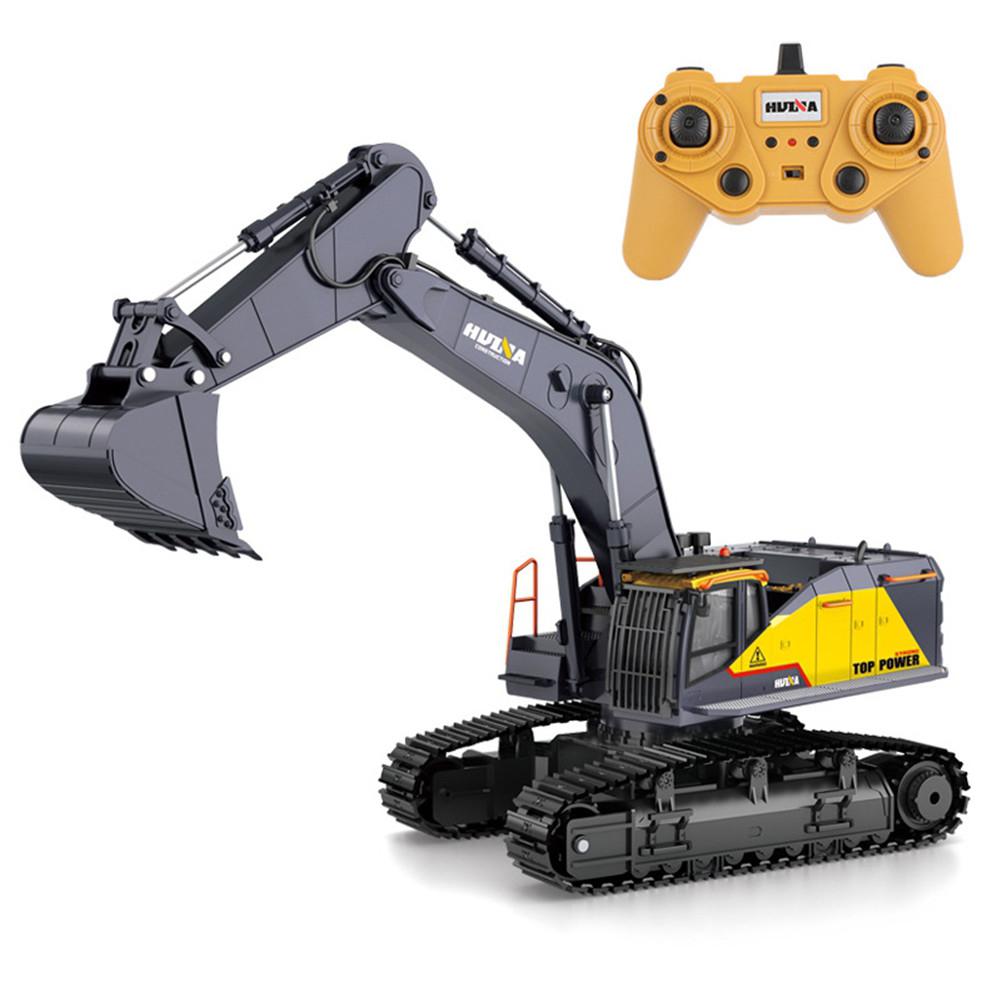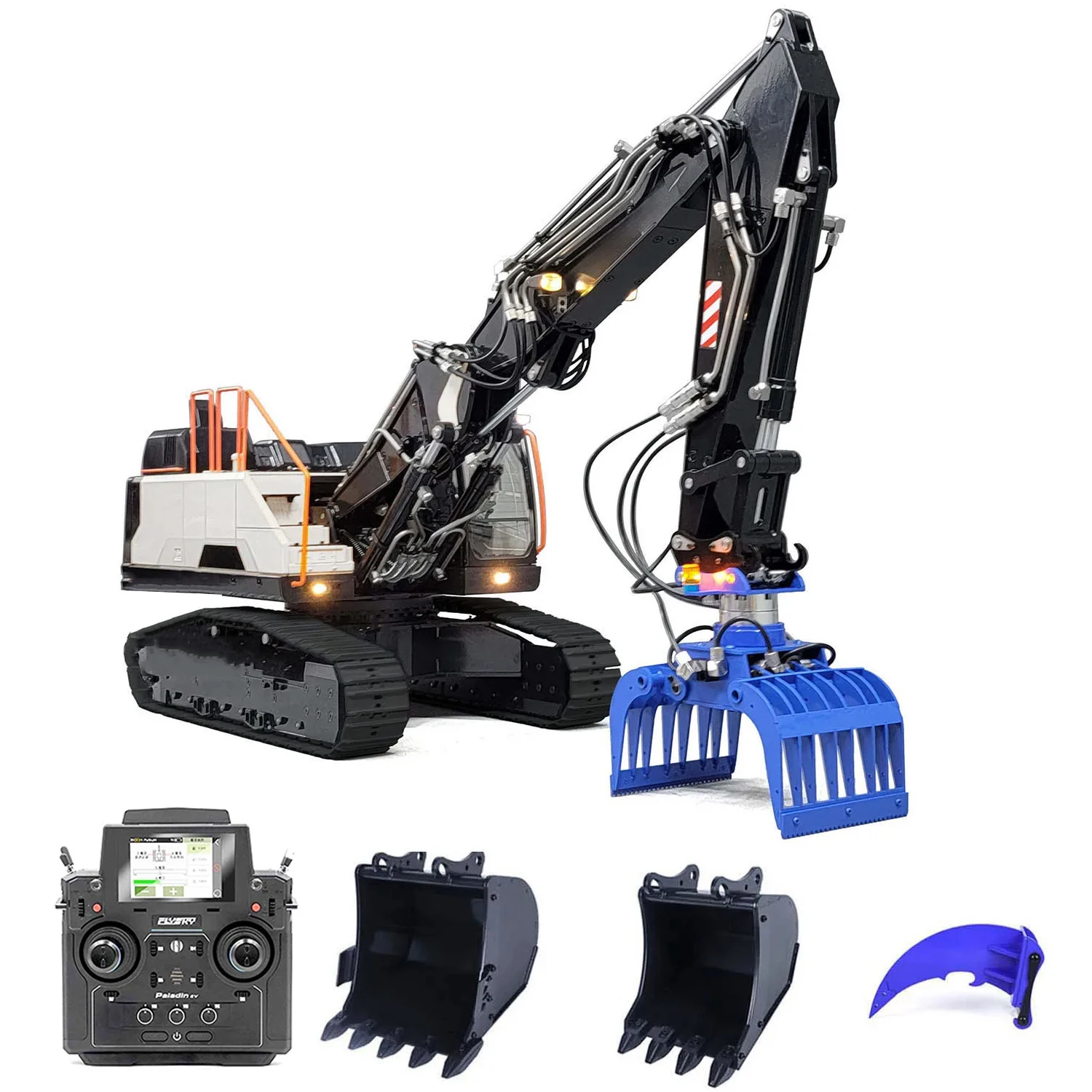The Crucial Functions of Excavator That Make Things a Must-Have Tool
Excavators are indispensable in the building and construction and landscape design industries. Their functional add-ons permit a series of jobs, from digging to demolition. In addition, they boast superior excavating depth and reach, powered by robust engines. Driver comfort and small layouts enhance functionality in numerous settings. However, what genuinely establishes excavators apart are their advanced hydraulic systems and toughness. Comprehending these functions can clarify why they are taken into consideration crucial devices on any work website.
Versatile Accessories for Improved Performance
Excavators are powerful makers on their own, the enhancement of flexible attachments significantly boosts their functionality. These add-ons transform a typical excavator into a multi-purpose device, suitable for a variety of jobs. Pails, as an example, can be found in various forms and sizes, making it possible for operators to dig, scoop, and relocate materials successfully. Hydraulic thumbs can be included for boosted gripping and handling of bulky items, such as logs or rocks.Furthermore, specialized add-ons like breakers and augers enable for boring and demolition job, broadening the excavator's utility on construction sites. remote control excavator. Grapples are another option, perfect for moving and arranging debris. This flexibility not just increases productivity yet additionally decreases the need for multiple machines, conserving time and prices. By furnishing excavators with the appropriate accessories, operators can tackle diverse tasks, making them important in the construction sector
Superior Digging Deepness and Reach
Excavators are made with remarkable excavating deepness and reach, permitting them to maneuver in tight areas and access hard-to-reach locations. This capability is essential for various building and construction and excavation projects, where traditional equipment may fall brief. With adjustable boom arms and extendable tracks, excavators can easily navigate unequal surface while preserving stability.The excavating depth can differ considerably among models, often varying from 10 to 25 feet, relying on the design and purpose. This function allows operators to excavate structures, trenches, and various other deep frameworks successfully. Additionally, the reach of an excavator permits specific digging and product handling without rearranging the maker regularly, conserving time and labor costs.Ultimately, the remarkable digging deepness and reach of excavators make them important for specialists looking for to complete complex jobs with accuracy and efficiency. Their flexibility improves performance on work sites, showcasing them as an important device in modern-day building.
Powerful Engine Efficiency

Powerful engine efficiency plays a critical duty in the capacities of an excavator when it comes to efficiency and efficiency on building and construction sites. A durable engine generates considerable horsepower, permitting the maker to tackle heavy-duty tasks easily - remote control excavator. This strength translates right into faster cycle times, allowing operators to total projects more quickly.Additionally, powerful engines give the necessary torque to handle challenging surfaces and varied lots, making certain that the excavator can do successfully under different problems. Whether it is lifting, digging, or relocating products, the engine's efficiency directly influences the overall functional performance of the machine.Furthermore, improvements in engine modern technology have actually caused improved gas performance, minimizing functional expenses while preserving power outcome. Eventually, the engine's efficiency functions as the backbone of an excavator, affirming its status as an essential tool in the construction sector
Advanced Hydraulic Systems

Enhanced Lifting Capacity
A substantial improvement in raising ability can be attributed to advanced hydraulic systems found in modern-day excavators. These systems make use of high-pressure fluid to produce higher pressure, enabling operators to lift larger tons effortlessly. The engineering behind these hydraulics guarantees peak performance, giving an excellent power-to-weight proportion that enhances overall performance. Consequently, excavators can take on demanding tasks, such as raising big materials or equipment, without compromising security. Additionally, the robust design of hydraulic parts adds to raised toughness and integrity, making them ideal for numerous construction atmospheres. This boosted training capability not only decreases the moment needed for tasks yet likewise lessens the requirement for added machinery, confirming important for both productivity and cost-effectiveness in the building and construction sector.
Enhanced Precision Control
Although standard excavators usually had problem with precision, contemporary hydraulic systems have changed control devices, enabling operators to implement tasks with impressive precision. These sophisticated systems make use of proportional control shutoffs that enable smoother and more receptive motions, significantly decreasing the margin for mistake. Operators can now carefully tune the excavator's movements, making it less complicated to navigate limited rooms and deal with fragile products. Boosted comments Check This Out systems additionally inform drivers of real-time performance, making certain perfect sychronisation in between the maker and operator. This increased precision not only boosts performance but also improves security on work websites, reducing the threat of mishaps. Because of this, contemporary excavators geared up with innovative hydraulic systems are indispensable tools for construction and excavation tasks calling for careful accuracy.
Driver Comfort and Visibility
Operator comfort and exposure are critical components in the layout of contemporary excavators (remote control excavator). Features such as ergonomic seat style, enhanced exposure choices, and effective control formats substantially improve the driver's experience and performance. Focusing on these aspects warranties that drivers can work successfully and safely in various problems
Ergonomic Seat Style
Convenience and presence are critical in excavator design, with the ergonomic seat playing a necessary duty in boosting the operator's experience. An ergonomic seat is crafted to support the operator's body, reducing exhaustion throughout lengthy hours of operation. Flexible features, such as seat elevation, back-rest angle, and lumbar assistance, deal with private choices and promote perfect pose. These adjustments enhance comfort and enable the operator to preserve concentrate on jobs without discomfort. Furthermore, a well-designed seat can supply much better side support, enabling smoother handling when the excavator is in procedure. This thoughtful layout not just increases performance however also adds to total safety, making certain that operators can perform their duties efficiently and effectively.
Improved Exposure Attributes
The design of an excavator prolongs past just the seat, with improved visibility features playing a significant function in driver convenience and total safety. Large home windows and purposefully located mirrors supply operators with a clear view of their environments, lessening dead spots. This style consideration enables much better spatial awareness, which is important in active job settings. Furthermore, numerous excavators incorporate rearview video cameras and progressed tracking systems that help operators in why not try these out navigating tight spaces. The assimilation of these presence includes not only advertises safety and security however additionally lowers operator exhaustion by allowing simpler monitoring of workspace. Inevitably, enhanced visibility adds to a lot more efficient operations and aids guarantee that excavators can perform their jobs effectively and safely.
Control Design Efficiency
While handling complicated work websites, a reliable control design considerably boosts both operator convenience and exposure. A properly designed control arrangement warranties that operators can access essential features with very little initiative, minimizing exhaustion throughout long hours. Ergonomic joystick positionings and instinctive switch arrangements enable smooth procedure, allowing drivers to preserve emphasis on the task handy. Additionally, clear exposure of both the workplace and the control panel is critical for safety and security and accuracy. Modern excavators commonly include flexible seating and control settings to accommodate numerous driver choices, additionally improving comfort. Inevitably, a thoughtfully created control design not only enhances productivity however also fosters a safer working atmosphere by enabling drivers to react promptly to transforming problems.
Compact Design for Urban Environments
As city construction websites frequently deal with area constraints, a portable layout comes to be important for excavators operating in these environments. These makers are crafted to browse tight rooms, enabling effective maneuverability in congested job websites. A decreased impact allows them to function carefully to existing frameworks, decreasing disruption and making the most browse around this web-site of productivity.The portable layout often includes much shorter tracks and a tighter turning distance, promoting procedure in narrow streets and confined areas. Light-weight materials contribute to relieve of transportation, making it less complex to relocate the excavator from one location to another within the city landscape.Additionally, several small excavators are furnished with functions such as versatile accessories and extendable arms, improving their performance while keeping a little size. This flexibility permits drivers to deal with a selection of tasks, from digging to demolition, all while suitable flawlessly right into the constraints of metropolitan environments.

Sturdiness and Maintenance Considerations
Toughness stands as an essential consider the performance and durability of excavators, particularly in demanding urban settings. These equipments are subjected to strenuous conditions, consisting of varying dirt kinds, extreme temperatures, and high-frequency use. Top notch products and robust building are required for guaranteeing that excavators can withstand these challenges without jeopardizing functionality.Regular maintenance is just as crucial in preserving sturdiness. Arranged evaluations, timely oil changes, and the replacement of used elements contribute significantly to an excavator's lifespan. Operators needs to also pay focus to hydraulic systems, tracks, and undercarriages, as these components usually bear the brunt of wear and tear.Investing in long lasting excavators with substantial maintenance strategies enhances integrity and reduces downtime, eventually leading to raised productivity on construction websites. Understanding the interaction between resilience and maintenance is necessary for any individual considering the purchase of an excavator for urban jobs.
Regularly Asked Inquiries
Just How Do Excavators Compare to Other Building And Construction Devices?
Excavators stand out amongst construction devices due to their adaptability, making it possible for jobs such as lifting, grading, and excavating. Contrasted to others, their hydraulic capacities use higher efficiency and power, making them vital on numerous work websites.
What Security Includes Are Included in Modern Excavators?
Modern excavators integrate numerous security attributes, consisting of rollover security systems, alarm systems, and advanced presence improvements. These elements collaborate to minimize threats, guaranteeing operator security while enhancing effectiveness on building and construction sites and various other requiring environments.

Can Excavators Be Used in Winter Conditions?
Excavators can undoubtedly be made use of in winter months problems, given they are geared up with appropriate winter accessories and safety measures are taken. Appropriate upkeep and modifications enhance their efficiency, ensuring efficient operation in spite of challenging weather situations.
What Is the Typical Lifespan of an Excavator?
The ordinary life expectancy of an excavator typically varies from 7,000 to 10,000 hours of operation. This duration can greatly depend upon upkeep practices, running conditions, and the specific version's resilience and layout features.
Just how Do I Pick the Right Excavator Dimension for My Task?
Picking the right excavator size entails reviewing job extent, website problems, and product kinds. Take into consideration elements like reach, deepness demands, and weight ability to ensure maximum efficiency and safety during operation. Size matters significantly in project success. In addition, the reach of an excavator permits for exact digging and material handling without repositioning the maker regularly, saving time and labor costs.Ultimately, the remarkable excavating depth and reach of excavators make them important for professionals seeking to complete complicated tasks with precision and effectiveness. Comfort and exposure are critical in excavator design, with the ergonomic seat playing a necessary function in boosting the operator's experience. The layout of an excavator extends beyond simply the seat, with enhanced exposure attributes playing a substantial function in driver convenience and overall security. Modern excavators often integrate flexible seats and control settings to accommodate different driver choices, further enhancing comfort. Light-weight products add to ease of transportation, making it less complex to relocate the excavator from one area to one more within the city landscape.Additionally, several compact excavators are outfitted with attributes such as functional attachments and extendable arms, enhancing their performance while preserving a small dimension.